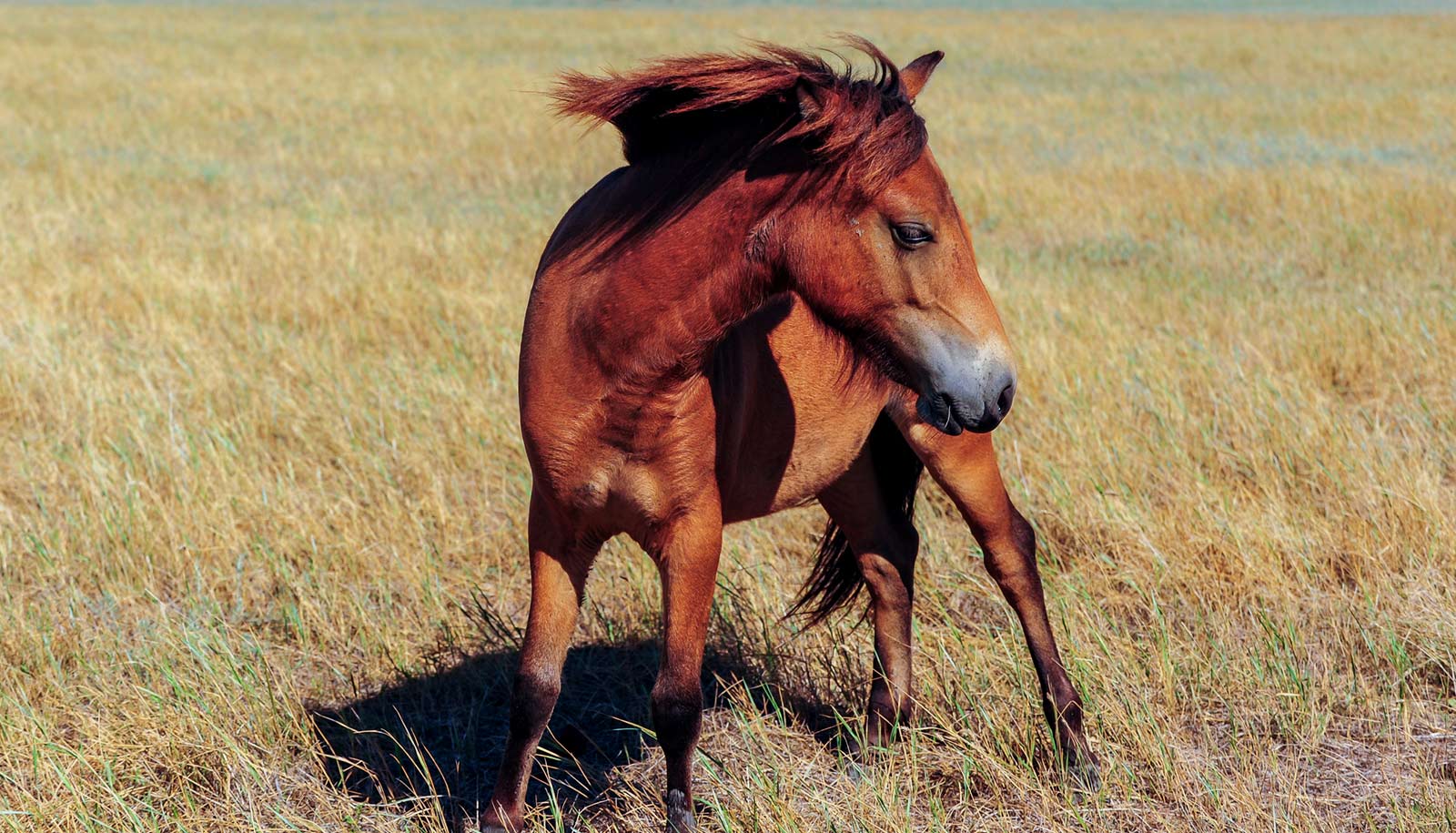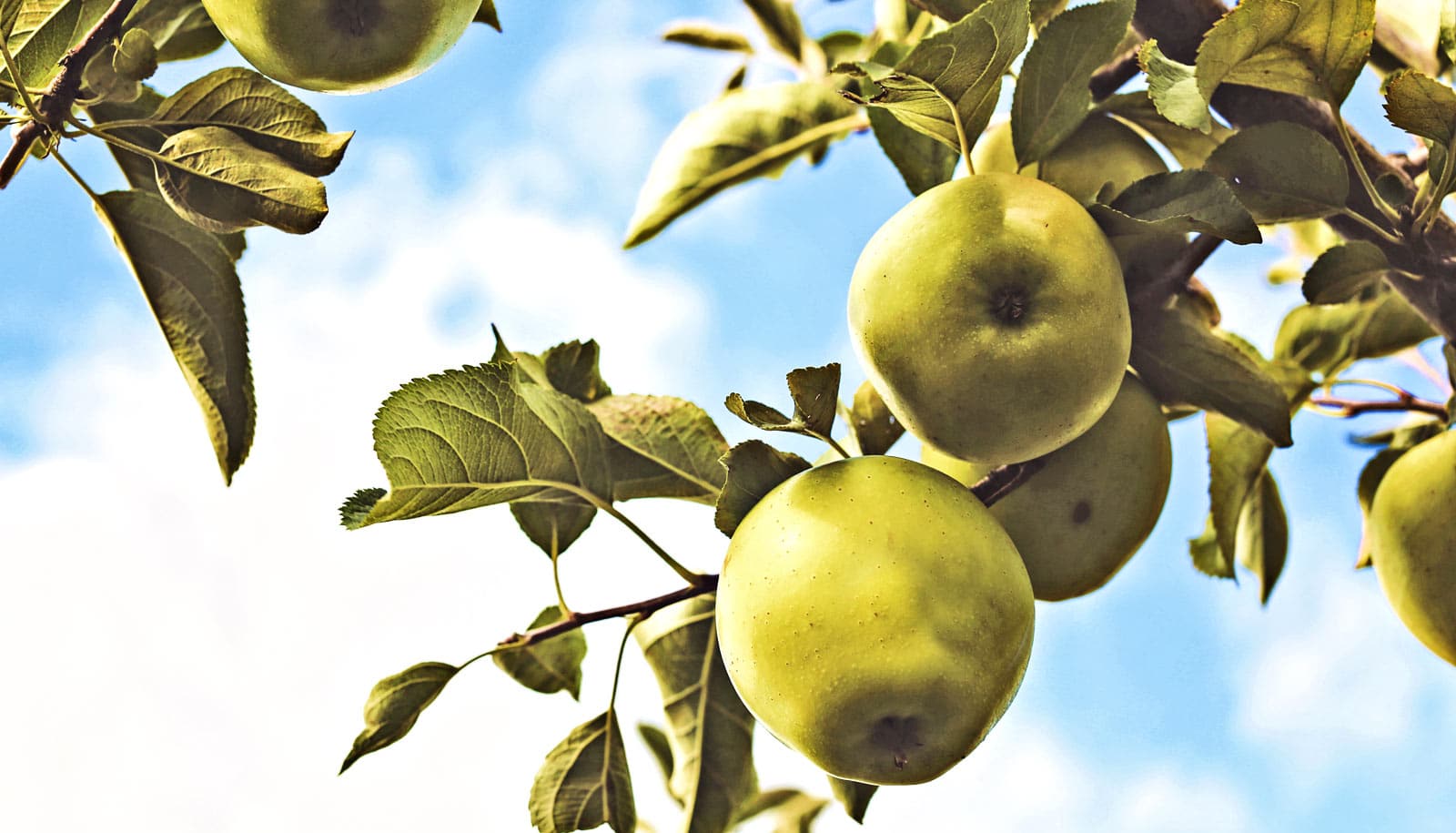Milk may be a factor that enabled prehistoric people to expand across the Eurasian steppe during the Bronze Age, research indicates.
Researchers examined human dental plaque from 55 individuals, ranging from the Eneolithic Age, around 4600 to 4000 BCE, to the Late Bronze Age, or about 1700 BCE.
The researchers, led by Shevan Wilkin, a paleoproteomics specialist at the University of Zurich, used a method called proteomic analysis to determine what these individuals ate, including scouring their dental plaque for milk peptides. Their results surprised them.
“The pattern was incredibly strong,” says Alicia Ventresca Miller, professor at the University of Michigan and coauthor of the study in Nature. “The majority of pre-Bronze Age Eneolithic individuals we tested—more than 90%—showed absolutely no evidence of consuming dairy. In contrast, a remarkable 94% of the Early Bronze Age individuals had clearly been milk drinkers.”
The researchers then further analyzed the data in order to examine what kind of milk the herders were consuming. The differences between milk peptides of different species allowed the researchers to determine which species the milk came from, Wilkin says.
While most of the milk peptides pointed to species like cow, sheep, and goat, calculus from a couple of individuals revealed an unexpected species: horse. One site where early milk drinking had been proposed was the 3,500-year-old site of Botai in Kazakhstan. The researchers tested calculus from a couple of Botai individuals but found no evidence of milk drinking.
This fits with the idea that Przewalski’s horses—an early form of which were excavated from the site—were not the ancestors of today’s domestic horse, as shown by recent archaeogenetic study. Instead, the research team’s results suggest that horse domestication—and the drinking of horse milk—likely began about 1,500 kilometers to the west in the Pontic-Caspian steppe, about 3000 BCE.
“First, this provides better information about when and where horses might have been domesticated—which is a pretty divisive question in the field,” says Ventresca Miller, an assistant professor of anthropology at the University of Michigan. “This study offers very clear evidence for early horse milk consumption in Eastern Europe.”
Establishing where and when horse milk was consumed in the region offers researchers another datapoint for understanding how and when people were moving across the steppe.
“During this time period, there are multiple waves of people moving across the Eurasian steppe. We have people moving from eastern Europe and western parts of Russia, across Kazakhstan, and into Mongolia,” says Ventresca Miller, also a research affiliate with the Max Planck Institute for the Science of Human History.
“We know when horse milk came into Mongolia—about 1300 [BCE]—and we now have identified this earlier evidence of horse milk, so this timeline goes against the idea of fast migration. Instead, it shows a slower, longer process.”
Ventresca Miller says the team’s finding underscores the complex history of people’s movement in this region.
Source: University of Michigan



